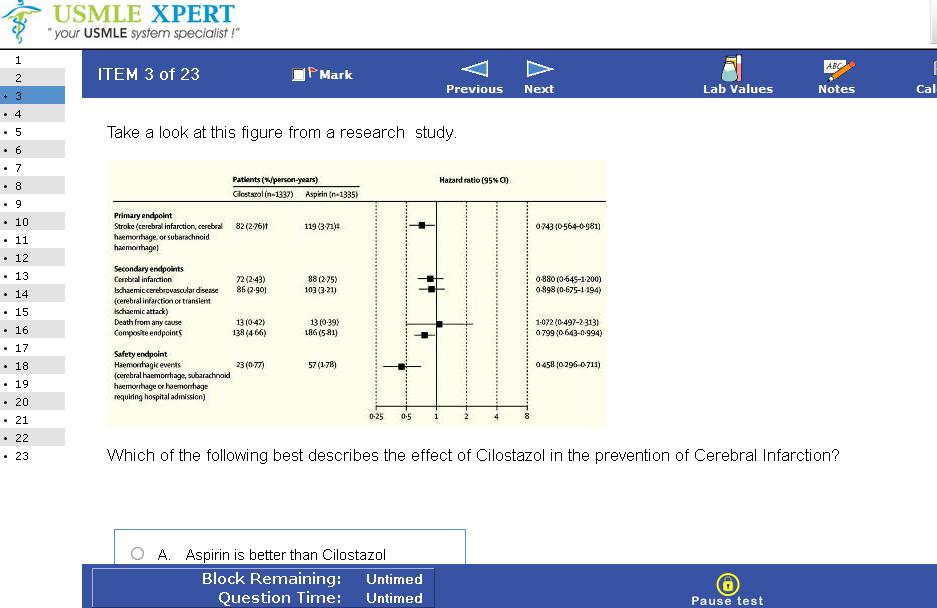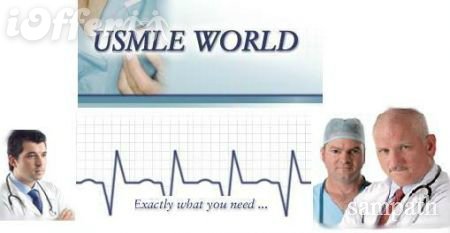Usmle World Pdf

The Step 3 examination is organised in three dimensions: • Normal conditions and disease categories (normal growth and development, basic concepts, and general principles) • Clinical encounter frame (initial workup, continuing care, urgent intervention) • Physician task (applying scientific concepts, formulating a diagnosis based on history, physical examination, and laboratory findings, and managing the patient) Clinical encounter frames are common clinical scenarios physicians may encounter. They range from nonemergency problems, through continuity of care, to life-threatening emergency situations encountered in emergency departments, clinics, offices, care facilities, inpatient settings, and on the telephone. Each test item in an encounter frame represents one of the six physician tasks. For example, initial care encounters emphasize taking a history and performing a physical examination. Prs-300 Software Update.

Usmle world 2016 pdf USMLE Step 1 Forum. In order to be able to post messages on the USMLE Forums forums, you must first register. Step 2 usmle world pdf Handling Questions Step by Step 1. Tommys High Yield Concepts PDF file tommyhyconcepts Wordpress 2. Usmle world step 2 cs pdf. Over 2,000 USMLE Step 1 questions in Kaplan's Qbank. Challenging USMLE practice questions are constantly updated by our expert faculty. Has anyone downloaded a PDF of all the questions from anywhere?? I found a download for a 2005 version of Kaplan Q Bank -- need U World!
In contrast, continued care encounters emphasize decisions regarding prognosis and management. Step 3 is a two-day examination and uses two formats: multiple choice questions and Primum computer-based case simulations (CCS), a testing format that allows you to provide care for a simulated patient.
Day one of testing includes 256 multiple-choice items divided into 6 blocks of 42 to 43 items; 60 minutes are allotted for completion of each block with 7 hours of total test session including 45 minutes of break time and a 5-minute optional tutorial. Day two of testing includes 198 multiple-choice items, divided into 6 blocks of 33 items; 45 minutes are allotted for completion of each block. Day two also includes thirteen computer-based case simulations (CCS), each of which is allotted 10 or 20 minutes of maximum real time. Download Algebra Y Trigonometria Zill Dewar Pdf.
Yo Yo Ma Soul Of The Tango Rapidshare there. A total of 9 hours is allocated for test session on the second day. Step 3 case simulations must be taken in the order presented. After you exit the case or session or when time expires, you can no longer review test items or cases, change answers, or collect additional information. To be eligible for Step 3, prior to submitting your application, you must: • Obtain the MD degree (or its equivalent) or the DO degree • Pass Step 1, Step 2 CK, and, if required based upon the rules referenced below, Step 2 CS • Obtain certification by the ECFMG or successfully complete a Fifth Pathway program if you are a graduate of a medical school outside the United States and Canada (information on Fifth Pathway programs is available in ECFMG’s Information Booklet) • Meet the Step 3 requirements set by the medical licensing authority to which you are applying. In contrast to Steps 1 and 2 of the USMLE, it is required that Step 3 be taken after completion of medical school, generally during residency.
The timing of when during residency to take the test varies from student to student. Some may wish to take the exam earlier in training in order to have the licensing process completed, which may open up opportunities for moonlighting, etc. Other students may wish to delay the examination due to financial considerations or a desire to focus on their new specialty field. A 2003 study examined the impact that both postgraduate training and timing had on Step 3 performance. Results were controlled for students’ performance on the Step 1 and 2 exams. The study found that graduates whose postgraduate training focused on broad areas performed better than those with more specialized training, with those residents studying either med-peds or family practice performing the best on the exam relative to earlier USMLE performance.